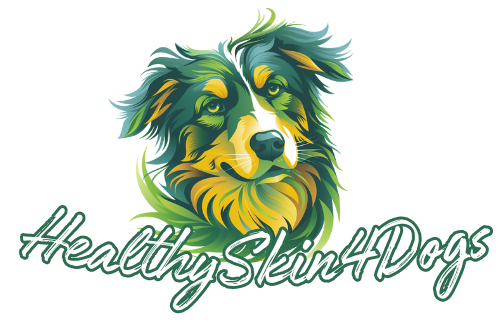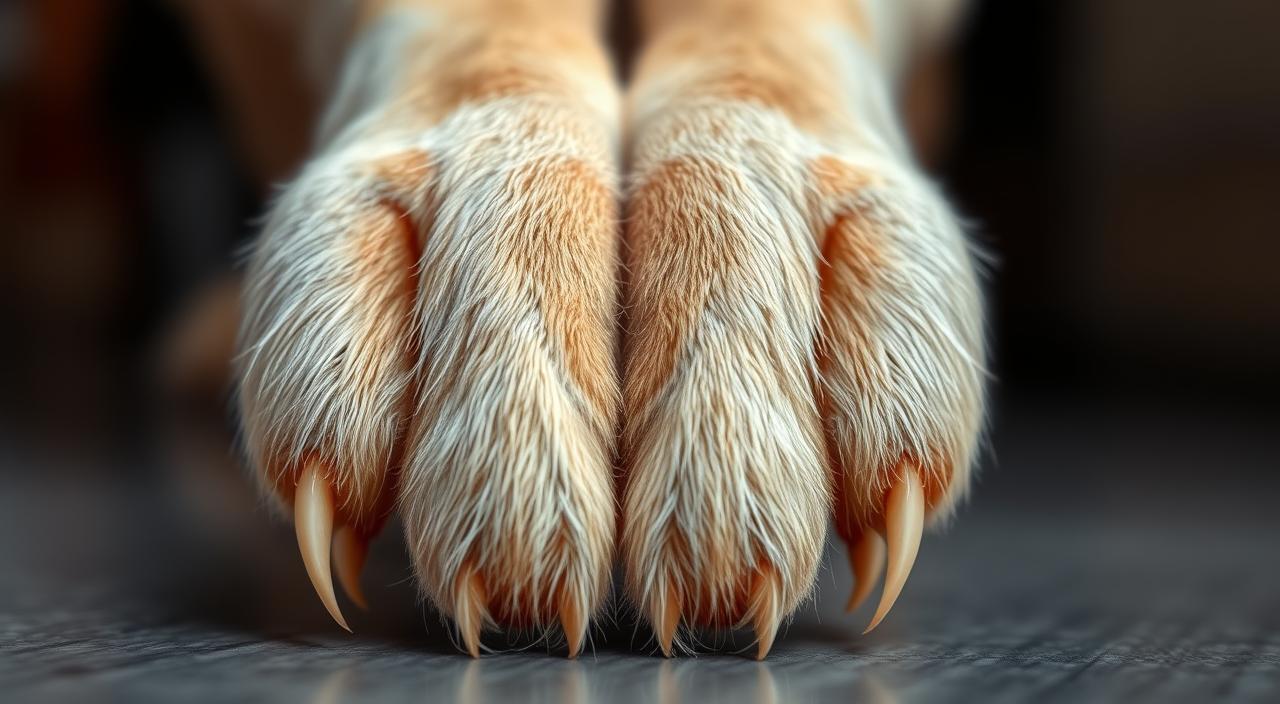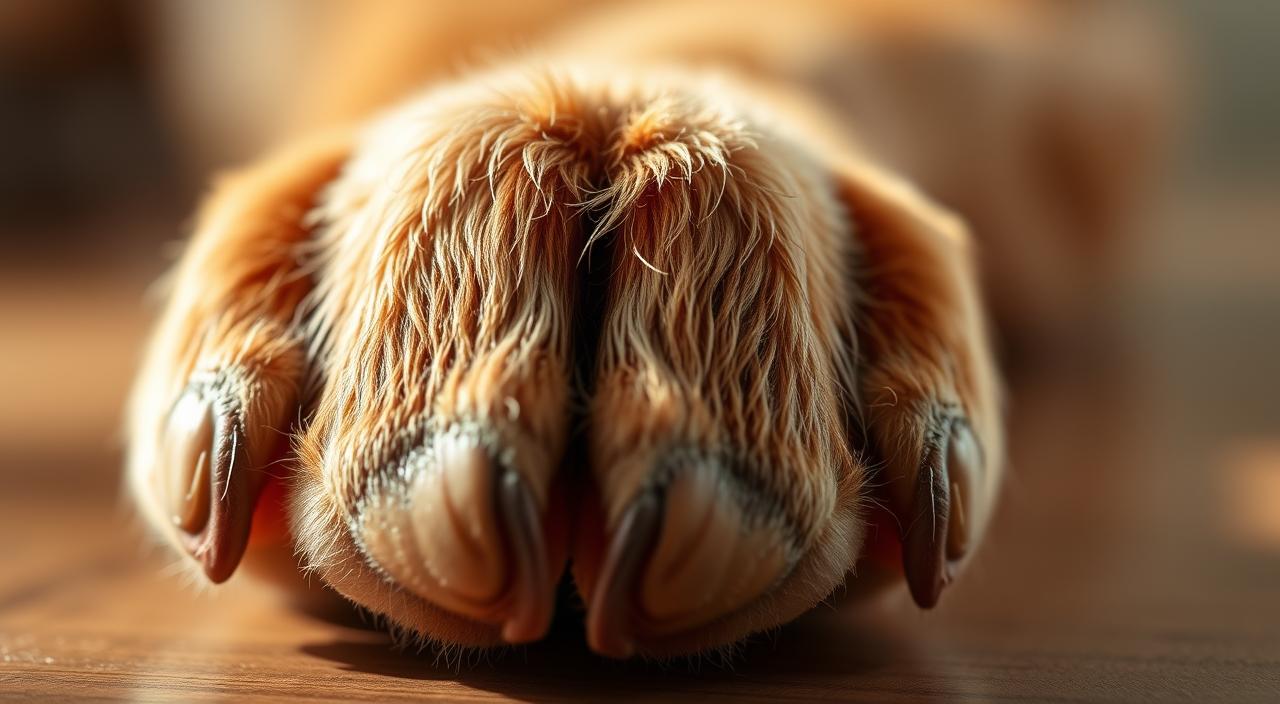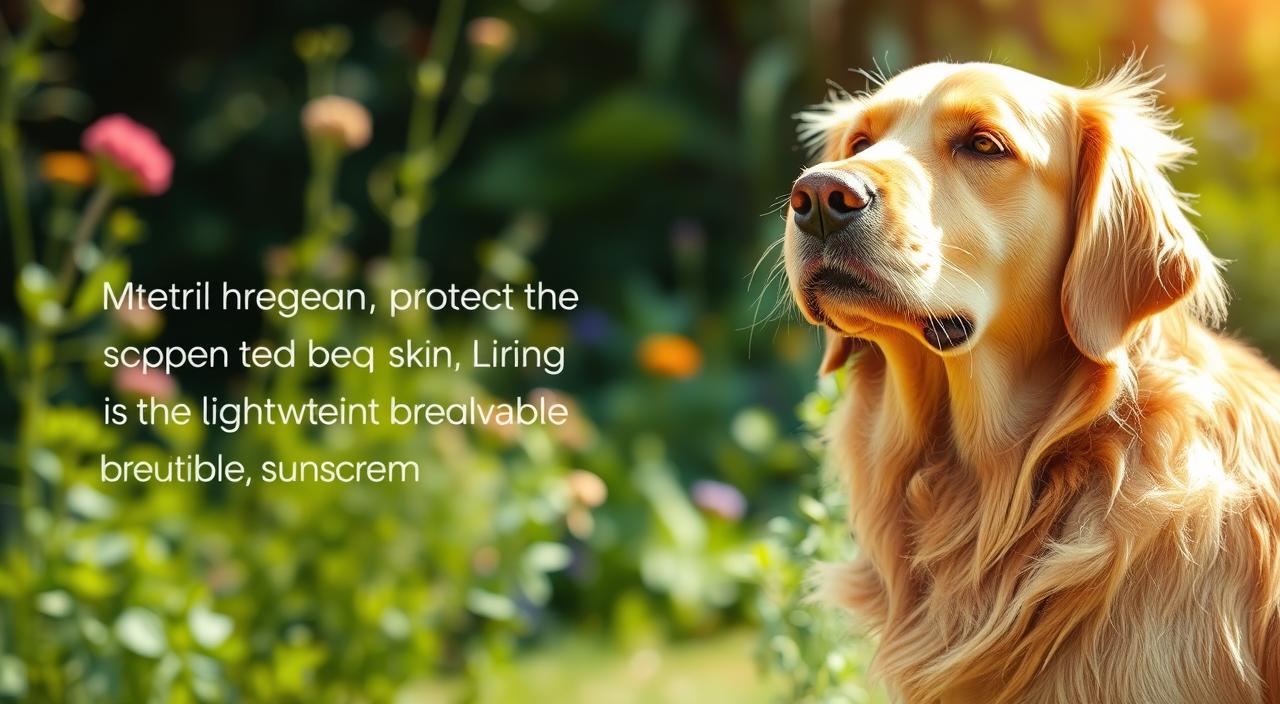you want simple dog paw pad care tips that protect sensitive skin and keep pets moving comfortably through heat, ice, and rocky trails.
Healthy paw pads cushion impact, aid traction, and help a companion stay balanced. Pads can toughen with short, gradual exposure to rough ground — we recommend brief sessions on new surfaces so calluses build without injury.
Make a daily habit: gently spread toes, check webbing, and feel for warmth, cuts, or debris. Smoother pads tear more easily, so conditioning before long hikes and choosing safer routes makes a big difference.
Key Takeaways
- Paw pads protect skin, absorb shock, and support balance.
- Short, repeated exposure to rough terrain builds resilience safely.
- Daily quick checks catch problems early — spread toes and inspect webbing.
- Protective measures—wax, booties, sensible routes—reduce injury risk seasonally.
- Prompt cleaning and vet advice prevent infections from small wounds.
Year-round dog paw pad care tips that keep paws healthy at home and on walks
Consistency—just a minute each day—helps keep paws resilient across seasons and surfaces. A short routine makes inspection and small tasks easy to repeat and track at home.
Build a quick daily paw check habit
Gently spread the toes and feel the webbing. Look for small pebbles, burrs, or foxtails along pad edges and between toes. Note swelling, discoloration, or cuts, and do a once-over after every walk or exposure to rough surfaces.
Keep nails trimmed for comfort, traction, and joint health
Short nails improve traction on slick floors and reduce pressure on joints. Schedule nails trimmed on a simple cadence and log the time between sessions to prevent splits or snag injuries.
Trim excess fur between toes for cleaner, safer steps
Use clippers (for example, Wahl Bravura at #10) to remove hair between pads—avoid scissors to lower injury risk. Offer treats or a lick mat to keep the animal calm during grooming. Olive oil can loosen small mats; consult a groomer if needed.
Moisturizing the right way to avoid cracks without over-softening
Apply a dog-safe balm like Bag Balm or Paw Soother only when pads are dry or cracked. Avoid human lotions; overuse can make smooth pads prone to tearing on abrasive surfaces. If a cut, bad odor, persistent redness, or limping appears, see a veterinarian promptly.
Summer safety for dog paw pads on hot pavement and rough surfaces
Summer walks bring bright skies—and a hidden hazard underfoot when pavement heats up quickly. Owners should use a simple wrist or back-of-hand test before stepping onto asphalt.
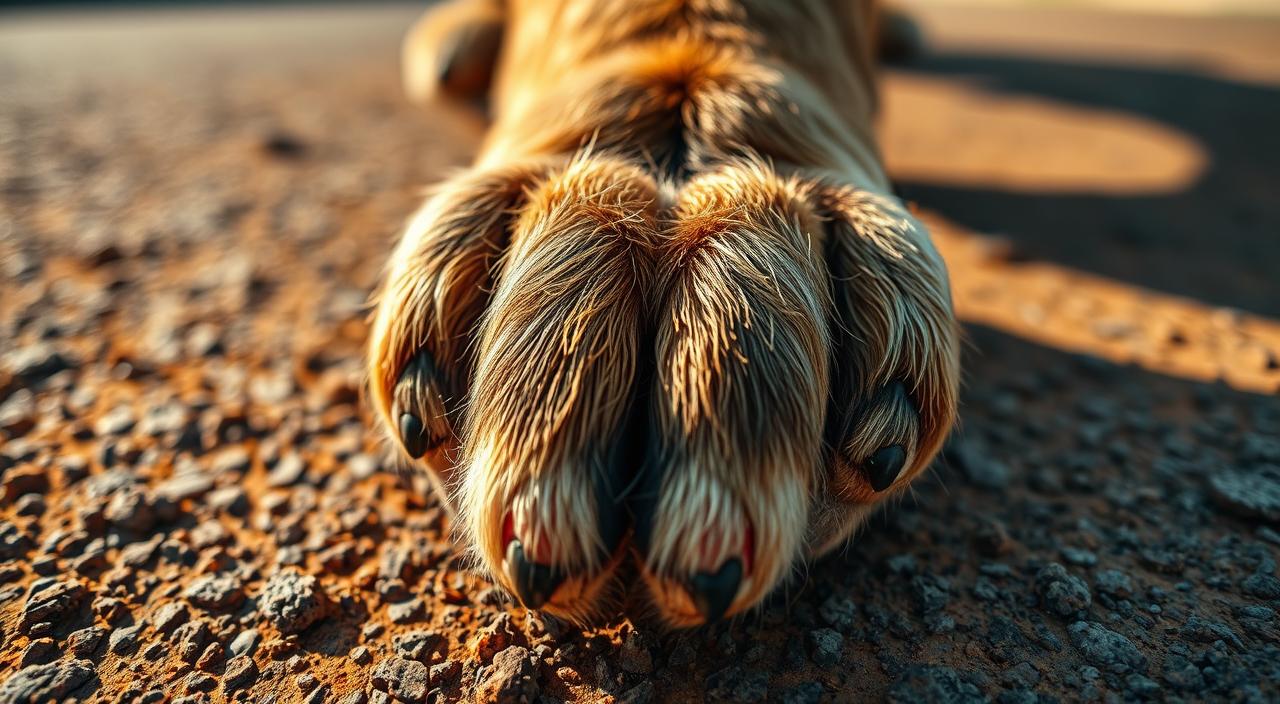
Use this rule: press the back of your hand to pavement for seven seconds. If it feels too hot to hold, it is too hot for paws. In full sun, asphalt may reach extreme temperatures and cause second-degree burns in seconds.
- Shift timing: walk early or late when surfaces cool.
- Choose grass, shaded sidewalks, or dirt trails over heated pavement.
- Bring water to drink and to quickly cool feet after brief contact with hot ground.
- For extra protection, try Musher’s Secret wax or lightweight PawZ booties for short segments.
First steps if pads become burned or tender
Rinse with cool—not ice—water and pat dry. Apply a pet-safe balm or a thin antibiotic ointment to shallow abrasions. Cover the area with a clean sock or boot to limit activity while healing.
Seek veterinary care if there are blisters, ongoing bleeding, or persistent limping to prevent infection and worse injury.
Winter paw protection from ice, salt, and snowball build-up
Cold weather brings extra hazards for outdoor walks. Ice and road salt can dry and crack paw pads, burn skin, and cause stinging micro-burns. No ice-melt is entirely safe, so avoid heavily treated sidewalks when possible.
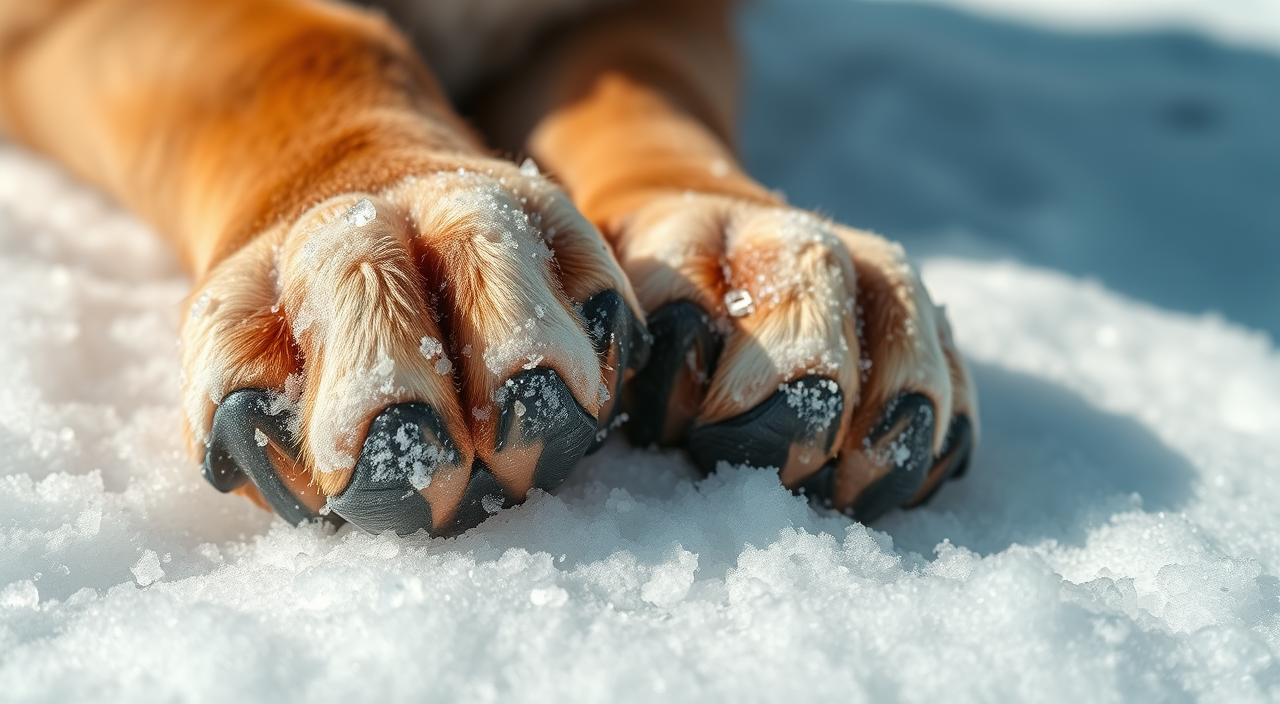
Salt and de-icer exposure: risks, safer choices, and avoidance
Salt and many de-icers strip oils from pads and may be toxic if licked. Plan routes away from busy, treated paths and consider pre-applying paw wax or using well-fitted booties to protect dog comfort.
Prevent and remove painful “pawsicles” without pulling
Trim the fur and hair between toes to stop snow from forming frozen clumps. If ice builds, wrap the foot in a warm towel for a few minutes to melt and slide the chunk free—never pull, which can cause injury.
Wash and dry paws after every outing to reduce irritation and infection
Rinse with water and dry thoroughly to remove salt, sand, and grit. A paw washer like the Dexas MudBuster saves time at the door and cuts indoor mess.
- Limit outdoor time in extreme cold and watch for lifting a foot, licking, or altered gait.
- If redness, cracks, or limping persist, consult a veterinarian promptly to prevent infection.
Gear, grooming, and vet-backed ways to protect dog paws
Choosing the right equipment and routine prevents many common foot injuries before they start.
Booties that fit: disposable, rugged, and cold-weather options
Fit matters more than brand. PawZ disposable boots give quick protection and indoor traction. Ultra Paws Rugged suits regular outdoor use. Muttluks Snow Mushers add fleece and rubber soles for winter.
- Measure carefully, test indoors, and use short sessions to desensitize.
- Never wrap with tape—use purpose-made gear that lets toes splay.
Paw wax and balms as an invisible barrier
Musher’s Secret forms a breathable layer against ice, salt, and rough surfaces. Bag Balm soothes dry or cracked skin without clogging sweat pores. Apply before exposure and reapply after long walks.
Nail traction versus pad coatings
Nails provide primary traction on slick floors. Keep nails short and consider toe grips like Dr. Buzby’s to improve purchase. Avoid long-term coatings or stickers; they often fail and reduce natural sensation.
When to call a veterinarian
Contact a vet for deep cuts, tears, red or swollen skin, signs of infection, or hyperkeratosis. Prompt assessment prevents complications and speeds safe recovery.
Conclusion
A short routine at the door keeps pets moving comfortably and prevents many common foot problems.
Spend a minute each day to check dog paws and pads—spread toes, look for grit, and note cuts or swelling. Keep nails short and trim excess fur so feet stay stable on indoor floors and varied surfaces outdoors.
Remember summer’s back-of-hand pavement test and wash and dry after winter walks to remove salt and grit. Store a small kit by the door: a balm, a clean sock or boot, and a towel for quick response.
If redness, limping, or an odd odor lasts, contact a veterinarian or vet promptly. Steady, season-aware habits over months give the best protection and peace of mind for families and their pets.
